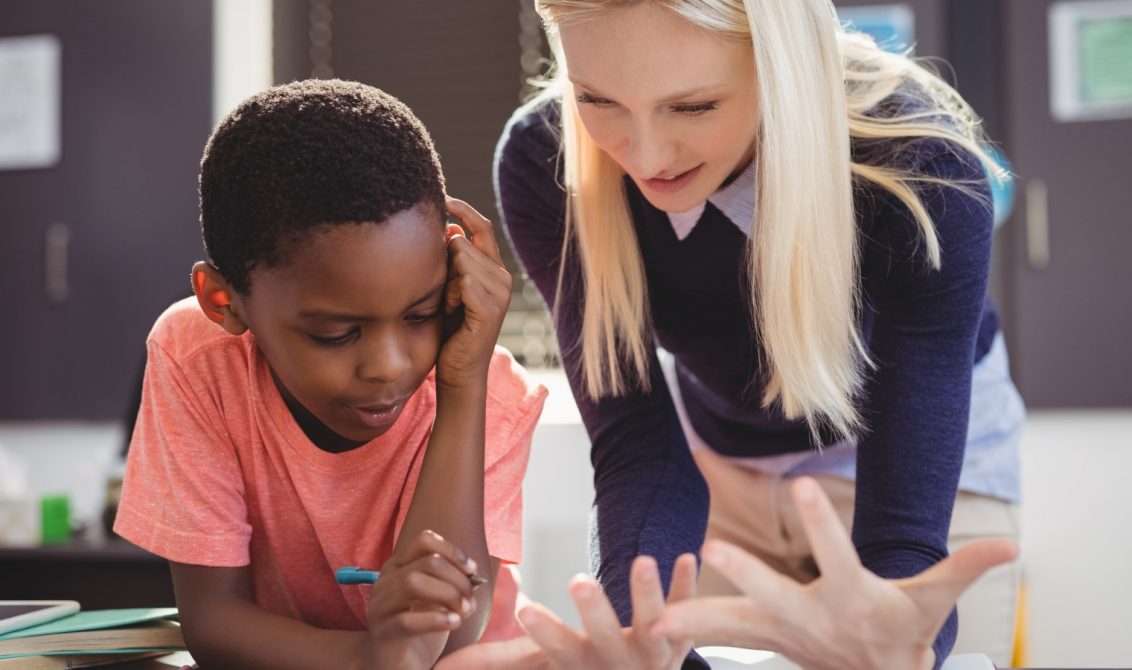
As a former social studies teacher, I know how impressed our students are when we recount tales and stories of thousands of years ago. My students would say to me, “miss, how do you know all of this?” They were amazed at my ability to recount people, places, and events in an instant. When I think back to my secondary experiences, I remember being equally entranced by my teachers. Many of us spent our formative years in social studies classrooms that valued how much you could remember and recite. Knowledge was currency. But the world has changed and continues to evolve. Information is literally at our fingertips. The new challenge is not just what our students “know”, but what they can “do” with what they know.
Active learning strategies exist on a continuum. While it’s important to incorporate short- and long-term inquiry opportunities in the social studies classroom, it’s equally important to incorporate daily opportunities for students to interact with content in ways that allow them to participate in their own learning. These formative opportunities are the building blocks for larger inquiries.
I’ve always believed that the most active person in a classroom is the one doing the most learning. Social studies classes have a dearth of content, and it’s important that we make the shift from “covering” content to giving students a chance to “uncover” and “discover” the past and its connections to today. Classrooms that actively encourage students to read, write, listen, and reflect, lead to increased learning outcomes. Incorporating active learning also encourages a rich dialogue between students in which they support, defend, and challenge ideas with evidence.
I know many of you may think about the challenges of creating an active classroom. Some common obstacles might be:
- Activities take up too much time, making it difficult to cover much course content.
- Creating active learning strategies takes too much pre-class preparation.
- My class is too large to implement active classroom strategies.
- But I’m a good lecturer!
- I don’t have enough materials or equipment needed to support active learning.
- My students resist participation or non-lecture approaches.
You can ensure successful implementation of active classroom strategies by starting small and using them early in the course. Let your students know of your participation expectations during the course. Use at least one active classroom strategy daily. Provide clear instructions and expectations for the task and make students aware of the purpose and benefits of the strategy. Be prepared for student resistance to active learning. It’s important to stay positive and persevere.
Working in pairs or groups is important for effective active learning. Ultimately, the goal is to create healthy and productive dialogue between your students. Vary groups for different strategies. Sometimes you might construct the groups and other times, you will allow students to choose. Determine clear signals for when students should stop talking. Establishing clear routines for active learning will lead to success for all students.
I attended a professional development session once in which the trainer likened teaching as filling up a “cup”. He asked us to imagine that the pitcher of water represented the content of our course and the glass was the student.

He reminded us that the amount of content exceeded the capacity of our students. We can choose to pour and pour until the glass overflows, or we can allow our students to “take a sip”. Active classroom strategies give students an opportunity to “drink in” the learning.
Written by Keishla Ceaser-Jones, National Humanities Specialist

